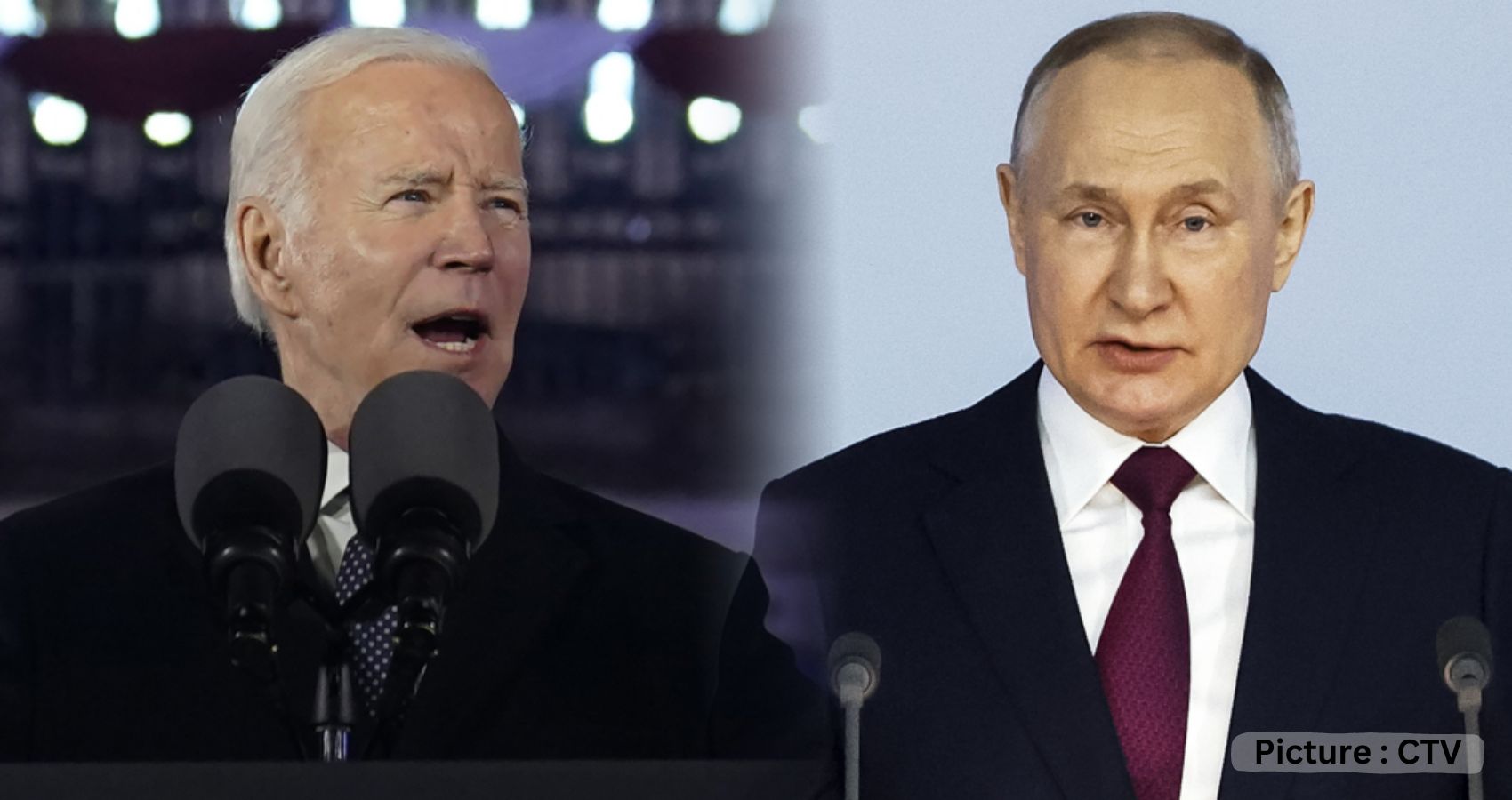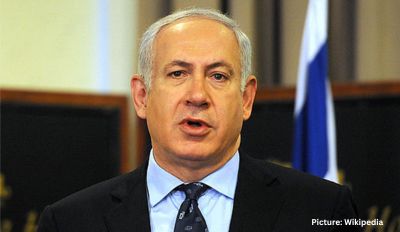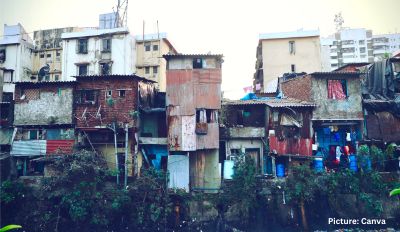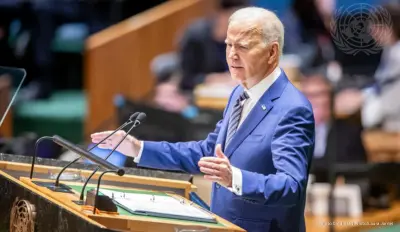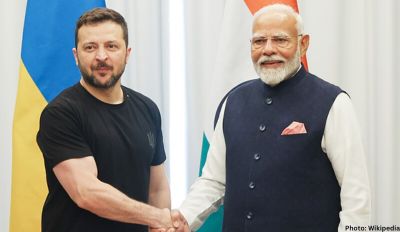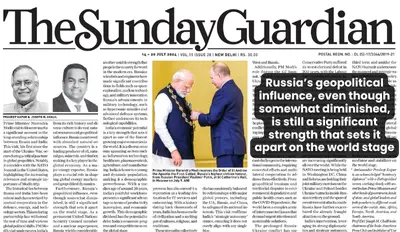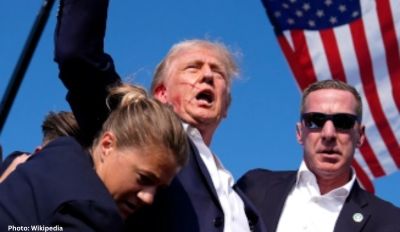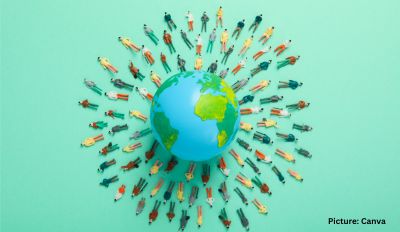War has been a catastrophe for Ukraine and a crisis for the globe. The world is a more unstable and fearful place since Russia invaded its neighbor on Feb. 24, 2022. One year on, thousands of Ukrainian civilians are dead, and countless buildings have been destroyed. Tens of thousands of troops have been killed or seriously wounded on each side. Beyond Ukraine’s borders, the invasion shattered European security, redrew nations’ relations with one another and frayed a tightly woven global economy.
On Feb. 24, 2022, Russia invaded Ukraine—and until that date, the United States had done little to thwart it. This Friday marks one year since Russia launched its invasion of Ukraine. The war has killed thousands, displaced millions, and disrupted global food and energy markets—with no end in sight. To better understand how this conflict continues to shape geopolitics, and how geopolitics shapes it, Foreign Affairs is publishing an ongoing series of essays about what the war has taught us so far.
The war in Ukraine has touched almost every corner of the world — delivering death and suffering to Ukraine, an energy crisis in Europe, grain shortages in the Middle East and Africa, and compounding inflation across the globe.
“One year later, Kyiv stands. And Ukraine stands. Democracy stands,” the American president said as he stood next to Ukrainian leader Volodomyr Zelensky during his surprise visit to the Ukrainian capital, where life has returned more or less to normal since the initial Russian onslaught.
Inside Russia, all aspects of society and the economy have been warped or reoriented in a sprawling effort to support Vladimir Putin’s war effort. And while the vast number of casualties have been sustained by Russia and Ukraine, countries from Australia to Zambia have seen their own fighters killed in the war.
While the toll of the war is often described in sweeping statistics — 8 million refugees, 1,000 Russians killed in a day or $500 million in aid — over the past 12 months many groups and individuals have come to symbolize resistance to the war and resilience amid the carnage.
Millions of Ukrainians fled from their homeland in the early days of the war, with mostly women and children leaving their husbands, sons, fathers and brothers to fight the invading forces.
Leading scholars consider why some democracies have not joined the coalition against Russia, why Russian President Vladimir Putin persists despite his disastrous war, what can be learned about contemporary conflict from the battlefields in Ukraine, and more. Start reading below.
NATO was created to prevent a major war in Europe, a task it accomplished well for many decades. Apart from the brief Kosovo war in 1999, its members never had to fight together or coordinate a joint response to aggression—until a year ago, when Russia invaded Ukraine. NATO’s response thus offers fresh, real-world evidence about how contemporary alliances work in practice. Despite a series of blunders, miscalculations, and battlefield reversals that would have surely seen him thrown out of office in most normal countries, President Vladimir Putin is still at the pinnacle of power in Russia.
He continues to define the contours of his country’s war against Ukraine. He is micromanaging the invasion even as generals beneath him appear to be in charge of the battlefield. (This deputizing is done to protect him from blowback if something goes badly wrong in the war.) Putin and those immediately around him directly work to mobilize Russians on the home front and manipulate public views of the invasion abroad. He has in some ways succeeded in this information warfare.
The war has revealed the full extent of Putin’s personalized political system. After what is now 23 years at the helm of the Russian state, there are no obvious checks on his power. Institutions beyond the Kremlin count for little. “I would never have imagined that I would miss the Politburo,” said Rene Nyberg, the former Finnish ambassador to Moscow. “There is no political organization in Russia that has the power to hold the president and commander in chief accountable.” Diplomats, policymakers, and analysts are stuck in a doom loop—an endless back-and-forth argument among themselves—to figure out what Putin wants and how the West can shape his behavior.
Russian President Vladimir Putin announced on Tuesday that his country would suspend its participation in the New START agreement with the United States, throwing into question the future of the last remaining arms control accord between the world’s two largest nuclear powers. The treaty, which came into force in 2011, places limits on the number of intercontinental nuclear weapons that each country can have and was extended for an additional five years in 2021. Arms control had long been regarded as the last redoubt of constructive collaboration between Washington and Moscow.
Putin showed no signs of backing down as he used his annual state-of-the-nation address to rail against the United States and accuse Ukraine and the West of provoking the war days before the first anniversary of the Russian invasion. “They want to inflict a ‘strategic defeat’ on us and try to get to our nuclear facilities at the same time,” Putin said during his nearly 100-minute speech, which was met with applause from Russian lawmakers and senior officials. “In this context, I have to declare today that Russia is suspending its participation in the Treaty on Strategic Offensive Arms.”
President Vladimir Putin on Tuesday delivered a nuclear warning to the West over Ukraine, suspending a bilateral nuclear arms control treaty, announcing new strategic systems had been put on combat duty and warning that Moscow could resume nuclear tests.
Speaking nearly a year to the day since ordering an invasion that has triggered the biggest confrontation with the West since the depths of the Cold War, Putin said Russia would achieve its war aims and accused the West of trying to destroy Russia.
Cautioning the United States that it was stoking the war into a global conflict, Putin said that Russia was suspending participation in the New START Treaty, the last major arms control treaty between Moscow and Washington.
Responding to Putin’s announcement, NATO Secretary-General Jens Stoltenberg said, “With today’s decision on New START, the whole arms control architecture has been dismantled.”
Experts said it’s too soon to interpret Putin’s remarks as heralding a new nuclear arms race, but with the treaty set to expire in 2026, the Russian leader’s announcement will further complicate diplomatic efforts to extend or negotiate a new treaty between the United States and Russia, which together hold about 90 percent of the world’s nuclear weapons.
The biggest blow to democracy on a global scale was not the war itself but the fact that—despite all “never again” claims—European and Western countries in general agreed and accepted beforehand that another European nation might be deprived of its sovereignty, freedom, and independent institutions, and it might find itself militarily occupied. (If this isn’t how they felt, then they wouldn’t have evacuated their embassies in Kyiv.) President Biden vowed on Tuesday that the United States would “not tire” in its support of Ukraine, describing the American commitment to NATO and Ukraine as a battle for freedom against autocracy in a speech delivered just hours after President Vladimir V. Putin presented a radically different account of the war.
In his national address, Mr. Putin showed no sign that he would change course, instead signaling that Russians should prepare for a long war ahead. He accused the West of a “totalitarian” project to control the world under the guise of spreading liberal values, and declared Russia was suspending the one remaining nuclear arms treaty with the United States.
“They intend to transform a local conflict into a phase of global confrontation. This is exactly how we understand it all and we will react accordingly, because in this case we are talking about the existence of our country.” Defeating Russia, he said, was impossible.

